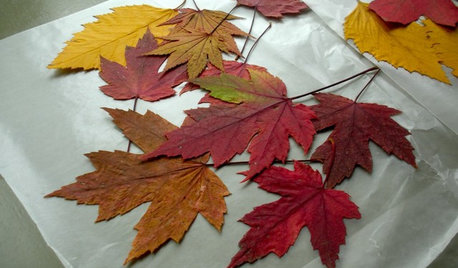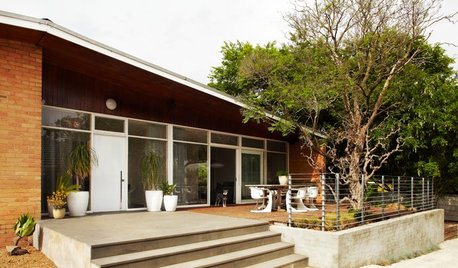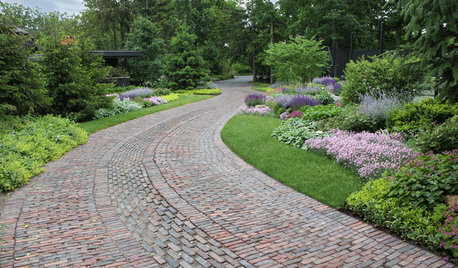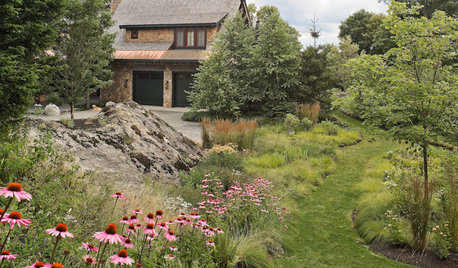Take-all lawn fungus
nandina
15 years ago
Featured Answer
Sort by:Oldest
Comments (22)
lou_spicewood_tx
15 years agonandina
15 years agoRelated Professionals
Wixom Landscape Architects & Landscape Designers · Brookfield Landscape Contractors · Brookline Landscape Contractors · Corona Landscape Contractors · Hendersonville Landscape Contractors · La Mirada Landscape Contractors · St. Louis Landscape Contractors · Wayland Landscape Contractors · North Hills Landscape Contractors · Albany Driveway Installation & Maintenance · Crestwood Driveway Installation & Maintenance · Indio Driveway Installation & Maintenance · Chicago Fence Contractors · North Hollywood Fence Contractors · Tavares Fence Contractorslou_spicewood_tx
15 years agograssypants
15 years agonandina
15 years agolou_spicewood_tx
15 years agownthrop
13 years agonandina
13 years agotoo222muchcoffee
13 years agotoo222muchcoffee
13 years agoscottsonline
13 years agodchall_san_antonio
13 years agohall519_verizon_net
12 years agoKimmsr
12 years agoSharijerry
12 years agoKimmsr
12 years agonandina
12 years agoGiles Freeder
6 years agoGiles Freeder
6 years agonandina
6 years agoakarinz
6 years ago
Related Stories

GARDENING GUIDESHow to Fix Bare and Yellow Lawn Spots
Restore your turf’s good looks by reseeding unsightly patches
Full Story
COMMUNITYLittle Free Libraries Take Manhattan
Designers' modern mini libraries boost reading and community in New York City
Full Story
GARDENING GUIDESLandscapes Take Shape With 3D Thinking
Strike the right balance of mass and space in your garden to give it intriguing dimension and appeal
Full Story
LIFEYou Said It: ‘Take Pleasure in the Small, Simple Things’ and More
Highlights from the week on Houzz include projects that celebrate fall and enhance our living spaces
Full Story
GARDENING GUIDESHow to Plant a New Lawn From Sod
Take the quick-start route to turf with sod; these installation guidelines will help ensure a healthy and long-lasting lawn
Full Story
COMMUNITYTogetherness Take 2: Is a Cohousing Community for You?
Missing that sense of connection? Consider the new breed of neighborhood with a communal bent
Full Story
DECORATING GUIDESChannel Your Grandparents for a Fresh Take on Retro
See How to Turn Tradition Into Fun and Unexpected Interiors
Full Story
GARDENING AND LANDSCAPINGTake Back Your Front Yard: 8 Ways to Make It Social
If only trees and squirrels gather in your front yard, you're missing out on valuable socializing space. Here's how to remedy that
Full Story
LANDSCAPE DESIGN6 Driveway Looks Take Landscapes Along for the Ride
See how to design a front yard that makes your driveway its own destination
Full Story
GARDENING GUIDES13 Risks to Take for True Garden Rewards
Go ahead, be a rebel. Breaking rules in the garden can lead to more happiness, creativity and connection with the earth
Full Story





lou_spicewood_tx